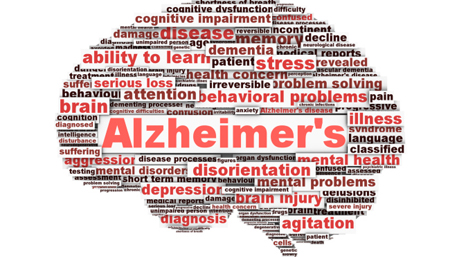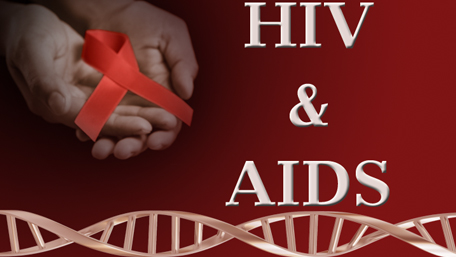
11/13/2019
Hot Topics of the Day are picked by experts to capture the latest information and publications on public health genomics and precision health for various diseases and health topics. Sources include published scientific literature, reviews, blogs and popular press articles.
Sign up MyPHGKB to receive the daily hot topic email alert.
Archived Hot Topics of the Day By Date
Fulfilling the Promise - Ensuring the Success of Newborn Screening throughout Life
CDC, November 2019

Machine Learning-Based Framework for Differential Diagnosis Between Vascular Dementia and Alzheimer's Disease Using Structural MRI Features.
Zheng Yineng et al. Frontiers in neurology 2019 101097
Using machine learning to predict opioid misuse among U.S. adolescents.
Han Dae-Hee et al. Preventive medicine 2019 Nov 130105886
Reaching Those at Highest Risk for Suicide: Development of a Model Using Machine Learning Methods for use With Native American Communities.
Haroz Emily E et al. Suicide & life-threatening behavior 2019 Nov
Machine learning to identify persons at high-risk of HIV acquisition in rural Kenya and Uganda.
Balzer Laura B et al. Clinical infectious diseases : an official publication of the Infectious Diseases Society of America 2019 Nov
Advancing Personalized Medicine Through Prediction
AR Localio et al, Annals of Internal Medicine, November 12, 2019
The Predictive Approaches to Treatment effect Heterogeneity (PATH) Statement
DM Kent et al, Annals of Internal Medicine
Evaluating Machine Learning Articles
F Doshi-Velez et al, JAMA, November 12, 2019
How to Read Articles That Use Machine Learning- Users’ Guides to the Medical Literature
Y Liu et al, JAMA, November 12, 2019
Changing FH care requires effort from clinicians, researchers, patients
NK Wenger, Healio, November 12, 2019
The Public Health Family Impact Checklist: A Tool to Help Practitioners Think Family
A Crandall et al, Frontiers in Public Health, November 2019
Disclaimer: Articles listed in Hot Topics of the Day are selected by Public Health Genomics Branch to provide current awareness of the scientific literature and news. Inclusion in the update does not necessarily represent the views of the Centers for Disease Control and Prevention nor does it imply endorsement of the article's methods or findings. CDC and DHHS assume no responsibility for the factual accuracy of the items presented. The selection, omission, or content of items does not imply any endorsement or other position taken by CDC or DHHS. Opinion, findings and conclusions expressed by the original authors of items included in the Clips, or persons quoted therein, are strictly their own and are in no way meant to represent the opinion or views of CDC or DHHS. References to publications, news sources, and non-CDC Websites are provided solely for informational purposes and do not imply endorsement by CDC or DHHS.
- Page last reviewed:Feb 1, 2024
- Page last updated:Apr 21, 2024
- Content source:










